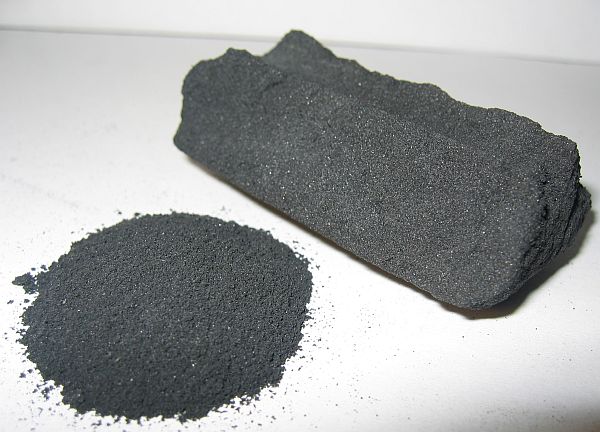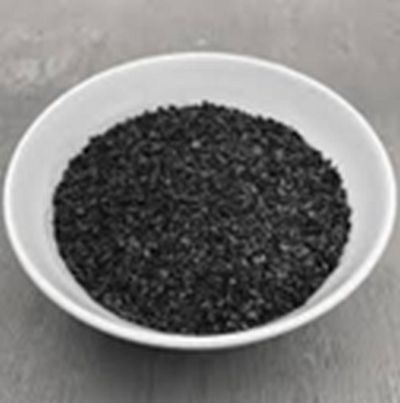
Activated Charcoal or Activated Carbon – another by-product of the Biomass conversion. Activated carbon is made by being placed in a tank without oxygen and subjecting it to extremely high temperatures, 600-900 degrees Celsius. Afterwards, the carbon is exposed to different chemicals, commonly argon and nitrogen, and again placed in a tank and superheated from 600-1200 degrees Celsius. The second time the carbon is placed in the heat tank, it is exposed to steam and oxygen. Activated charcoal is mostly used for medical purposes.
Activated Carbon is a low-cost material with distinguishable properties like high specific surface area, high porosity, and desired surface functionalization. Because of that, Activated Carbon is diversely used for effective applications in adsorption, removal of pollutants, water treatment, and energy, etc.
Activated Carbon is used to purify liquids and gases in a variety of applications, including municipal drinking water, food and beverage processing, odor removal, industrial pollution control. Activated Carbon is produced from carbonaceous source materials, such as coconuts, nutshells, coal, peat and wood.
Produced from carbon-rich, organic materials such as coal, coconut shells, wood, and more, Activated Carbon’s superior performance as an adsorbent lends itself to a growing list of applications in environmental sustainability and recovery settings.
